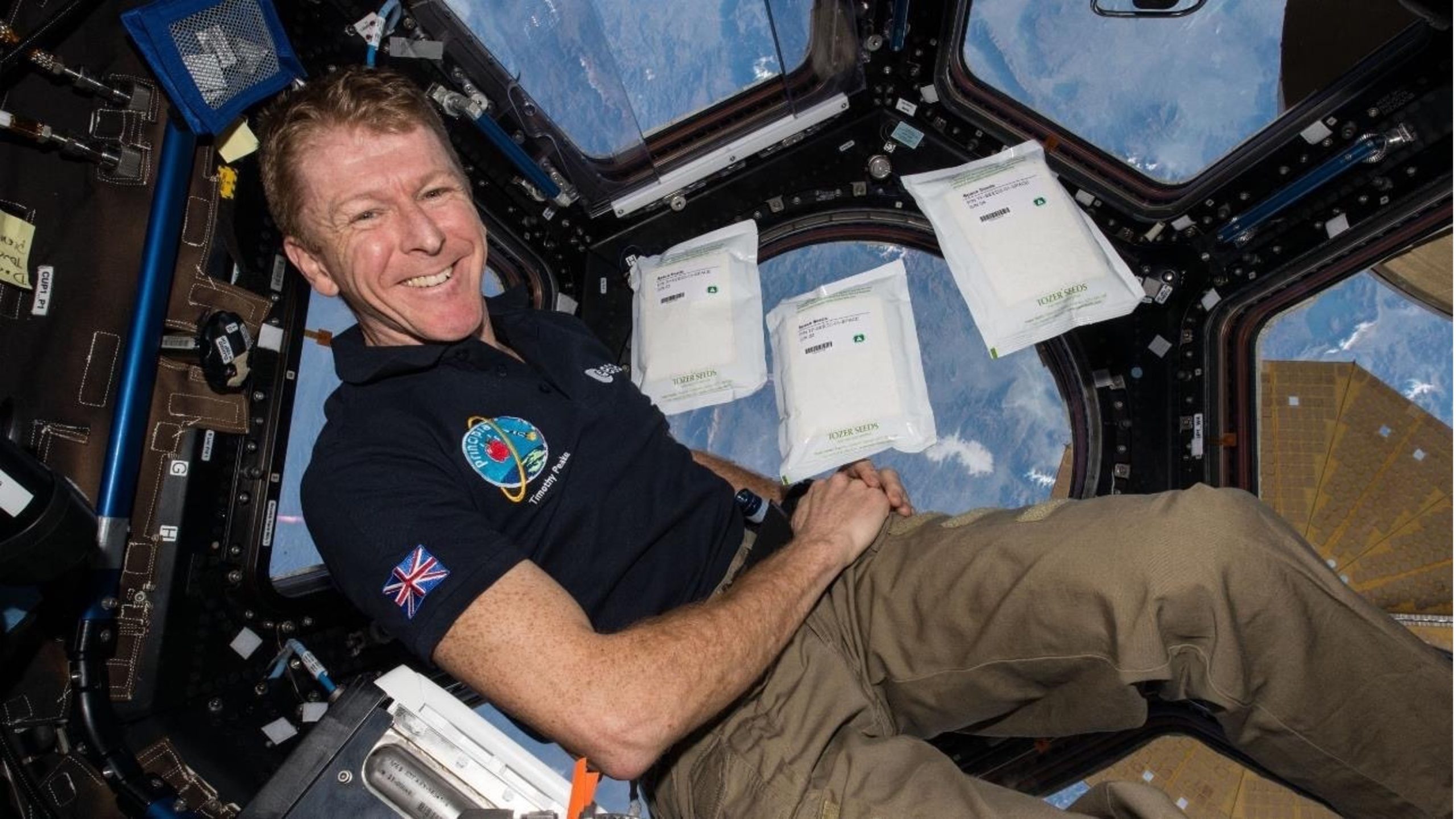
News and Media

World Space Week – Exploring What It Means to Truly Live in Space

What does it mean to truly live in space
Is it a few days en route to the Moon? A few weeks aboard Salyut 1 in 1971? A months-long journey to Mars? Or does it require a year—or even a permanent stay—to count?
This year’s World Space Week (4–10 October) explores that very question with the theme Living in Space: “explor[ing] humanity’s journey toward making space a habitat, emphasising the innovative technologies, challenges, and collaborative efforts that make this vision a reality.” If that sparks visions of bases on Mars or the moons of Jupiter and Saturn, you’re not alone—just take a look at the promotional poster!
Yet, for nearly 25 years, humans have been living in space continuously. Since the first crew arrived at the International Space Station (ISS) on 2 November 2000, between two and twenty people have called it home every single day. Among the 290 visitors, some were space tourists or “taxi drivers” ferrying crew members to and from the station, staying only a week or so. But most missions last at least three months, often six—and sometimes longer. In fact, nine astronauts have spent more than a year at a time aboard the ISS or its Russian predecessor, Mir.
These long-duration missions have taught us a great deal about what it means to live in space. Astronauts spend their days conducting experiments—often using themselves as subjects—while also maintaining and upgrading the station. Each crew member must be a scientist, doctor, electrician, plumber, cook, and cleaner, all in an environment where there’s no escape from your colleagues or flatmates.
But living in space isn’t just about surviving and working—it’s also about finding time to unwind. So how do astronauts relax? They can’t pop out to the park or browse the shops. Instead, they stay connected with loved ones back on Earth, read books, watch films (though streaming is tricky with limited internet), and enjoy the breathtaking views from the station’s few windows. Many take photos of Earth and share them with the world.
One such astronaut is Tim Peake, the British ESA astronaut who spent six months on the ISS in 2015–16. We interviewed him after his return, focusing on his experience photographing Earth from space. You can watch the video below to hear his reflections.
His insights reveal not only what life on the ISS is like, but also how living in space can profoundly shift your perspective on life back on Earth. It seems that even a short time beyond our atmosphere can be a transformative experience—perhaps that’s the true definition of living in space.
P.S. For teachers looking to bring this into the classroom, we’ve created a slide deck featuring some of Tim’s photos, along with a guide to help you find the right video segments for your lessons.
Share this article



Published by Fazila Patel
Digital Comms Officer
University of Leicester
Latest News and Events


